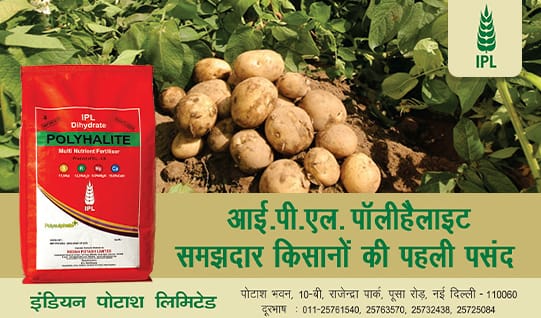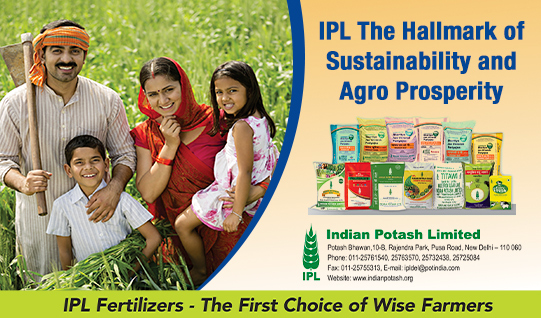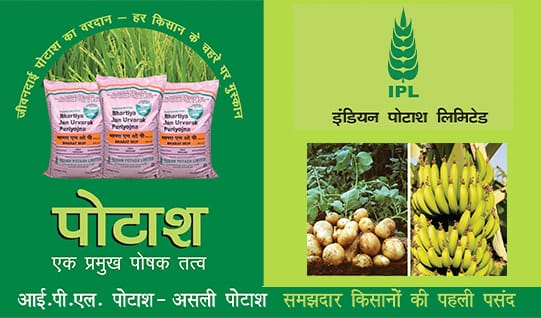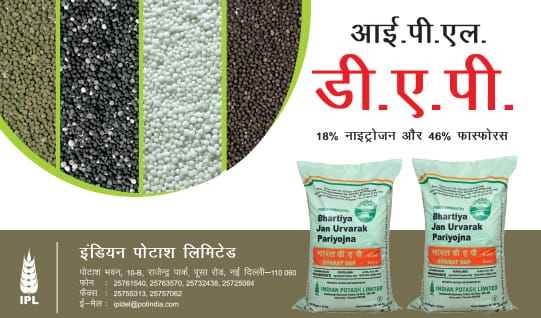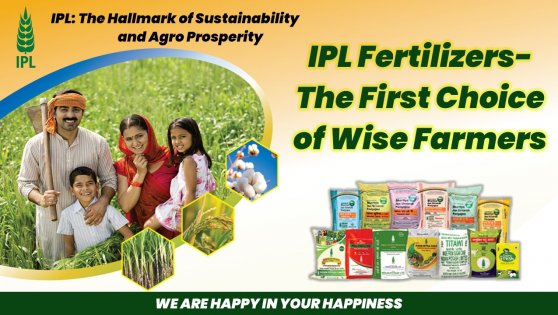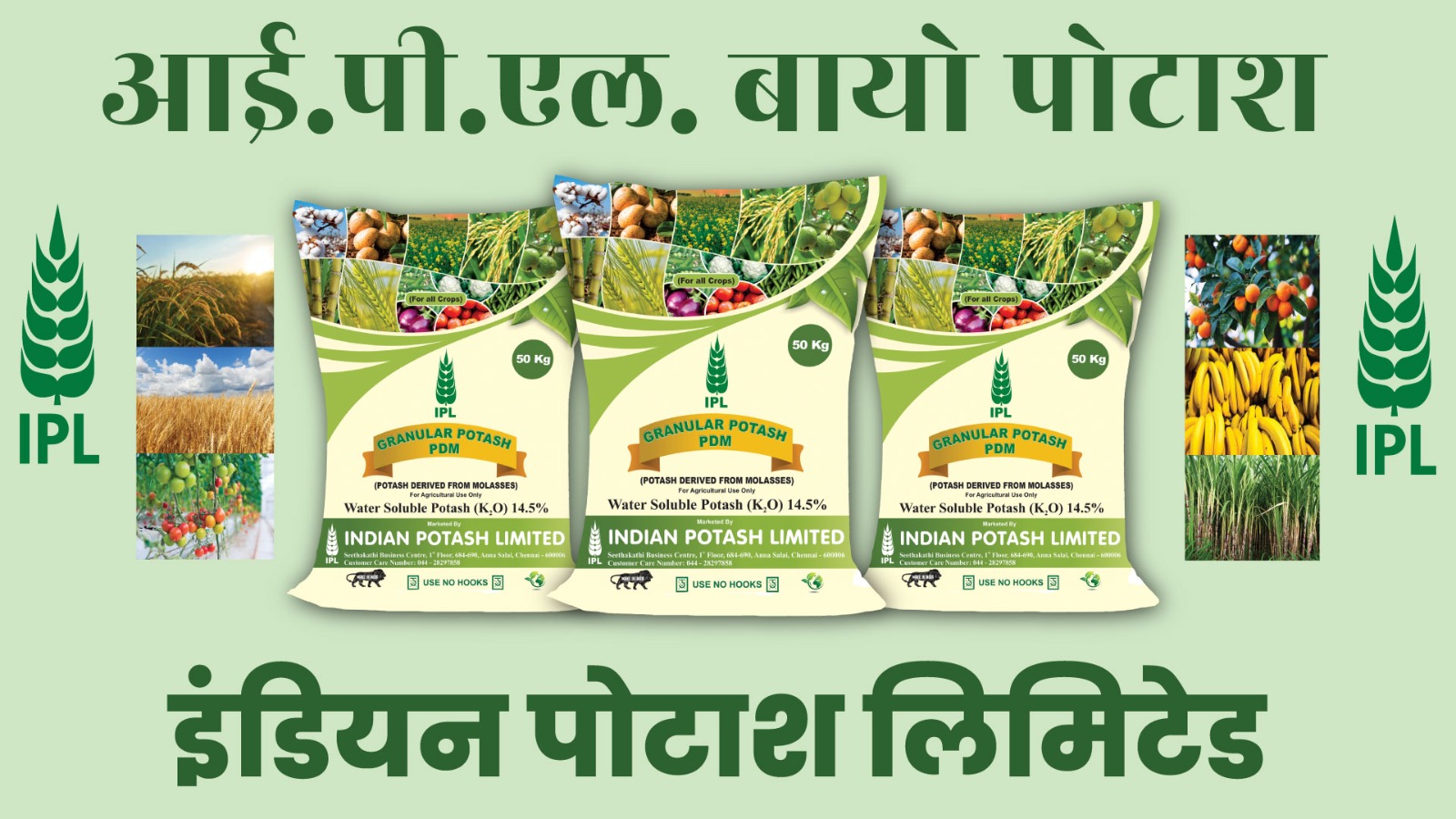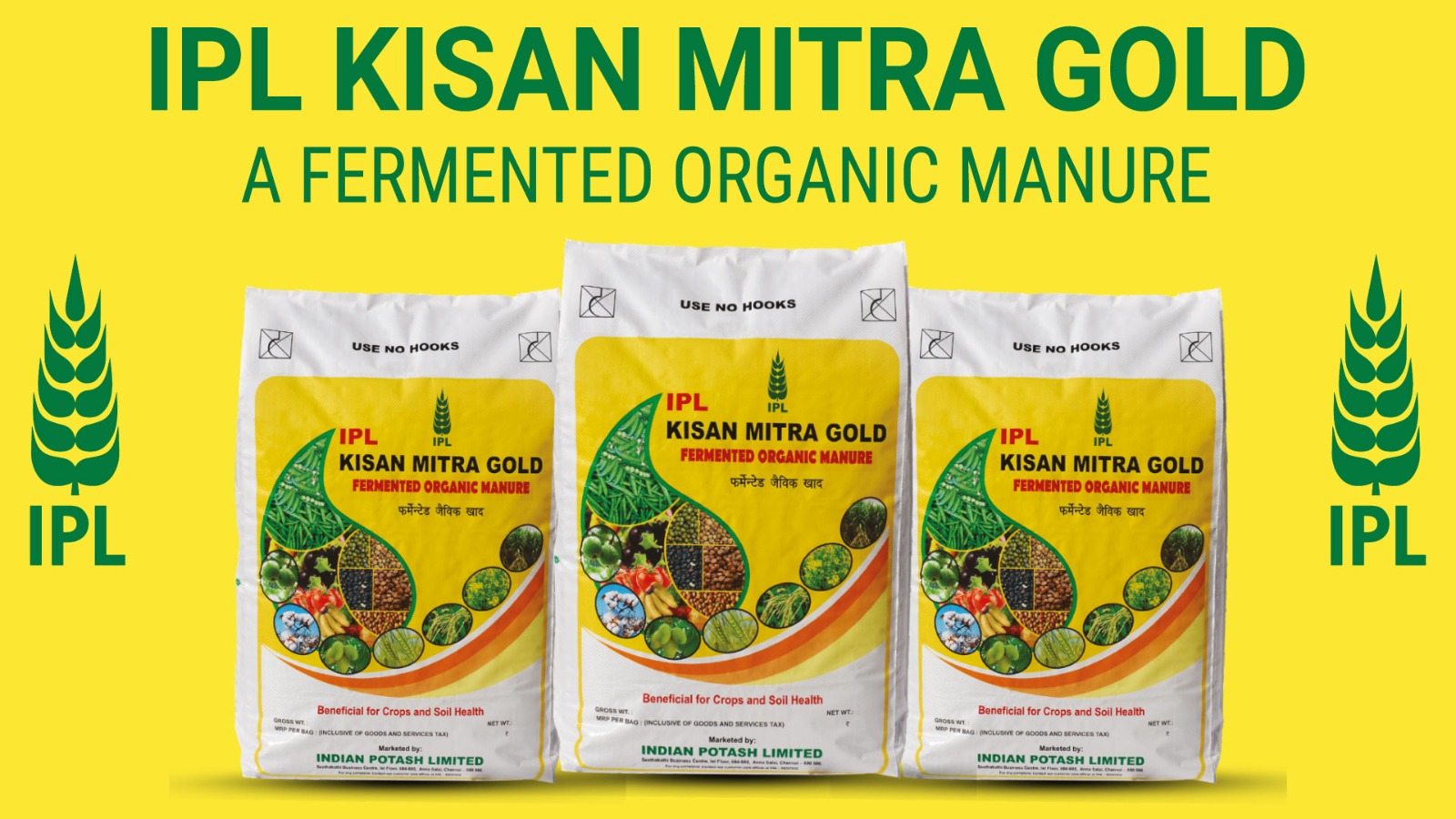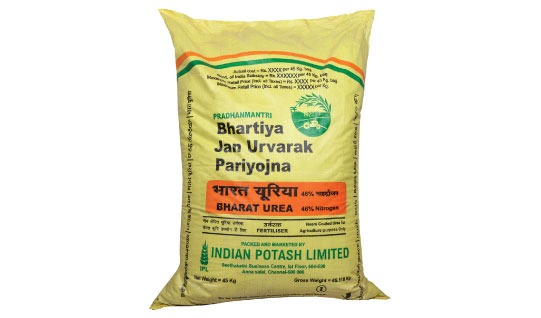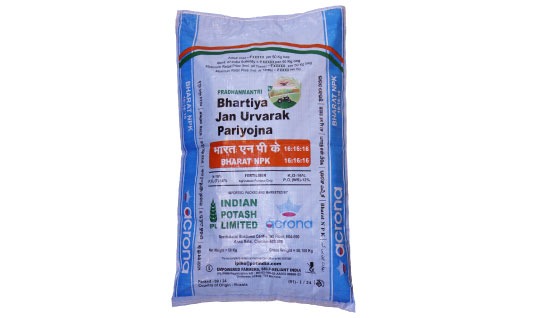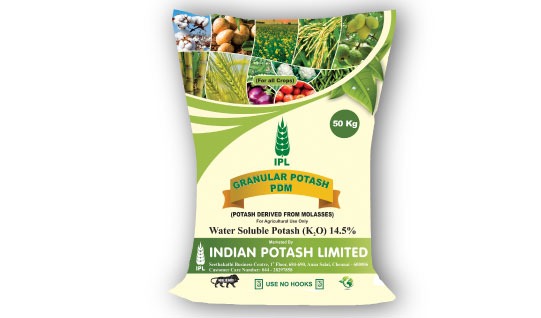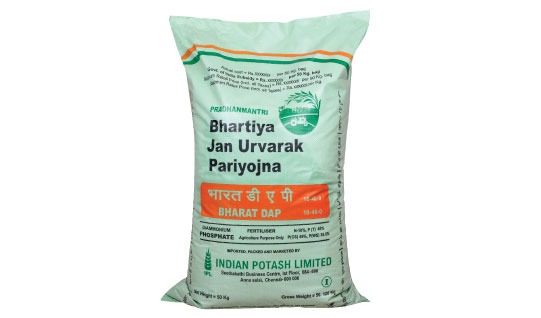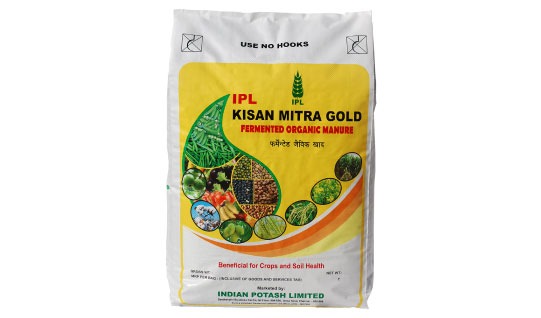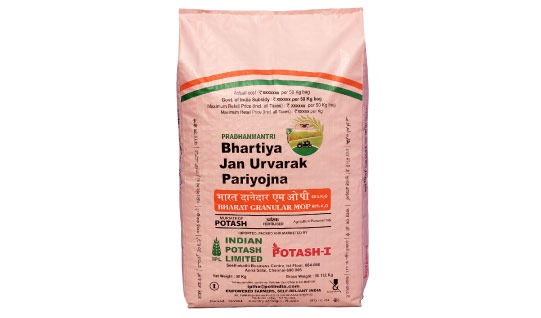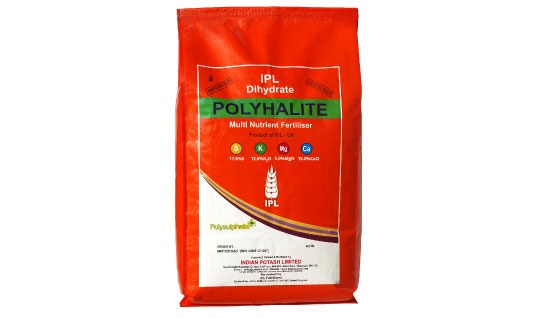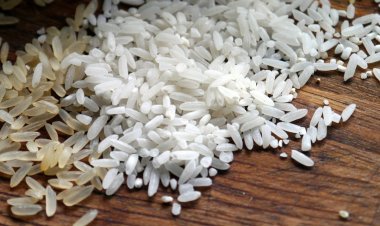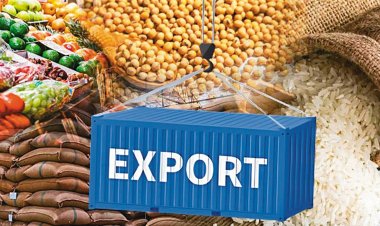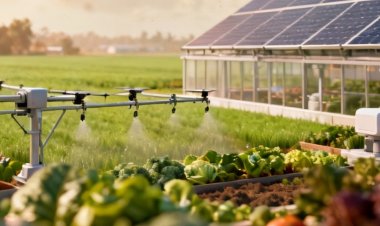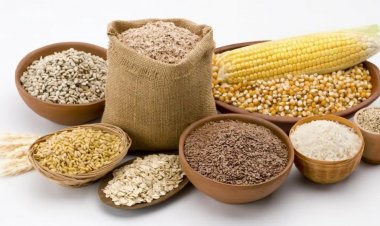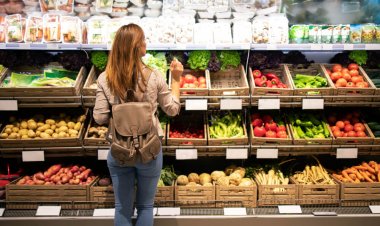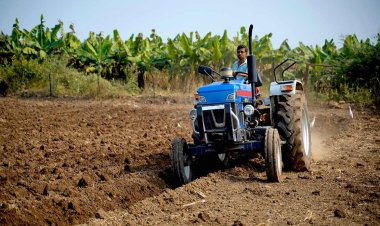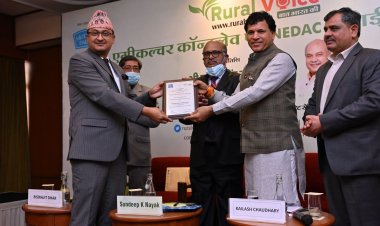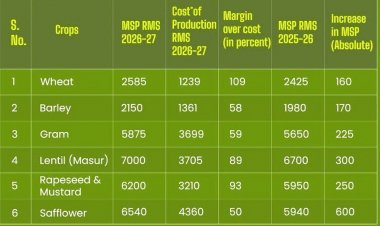Climate Change: Even 2°C Warming Could Reduce Crop Diversity
A new study warns that climate change could reduce cropland suitability worldwide, threatening food security. Know how rising temperatures impact farming.
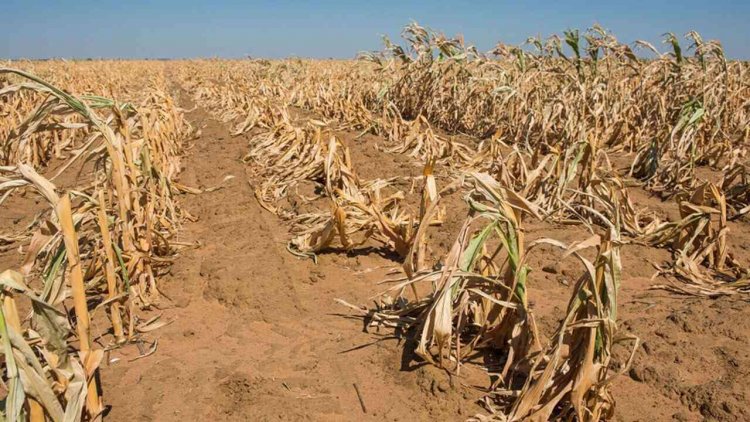
More than half of the world’s cropland could see a decline in the number of suitable crops if global temperatures rise by 2°C, according to new research published in Nature. The study projects how climate change will modify areas suited for growing 30 major crops under four warming scenarios, ranging from 1.5°C to 4°C above pre-industrial levels.
Shrinking ‘Safe’ Space for Crops
The research finds that even at 1.5°C of warming, more than half of the studied crops would experience a net loss of potential cropland. The most affected crops include wheat, barley, soybeans, lentils, and potatoes. Beyond 2°C, declines in suitable cropland areas become even more pronounced, in some cases exceeding a 50% reduction. In a scenario of 3°C warming, all 30 crops studied would see their suitable growing areas shrink.
Image 1: Lowest global warming level that would push current crop production into considerable risk.
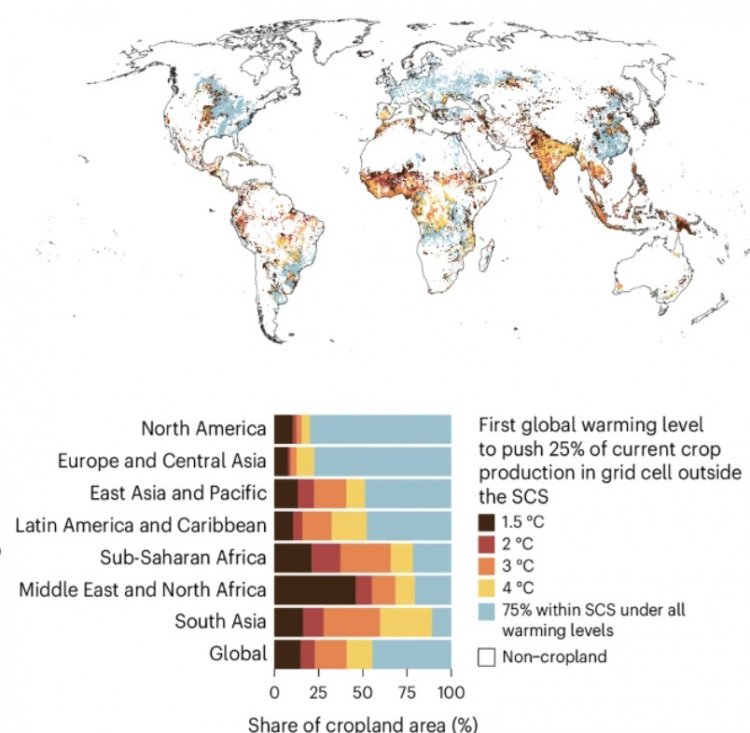
In conversation with Carbon Brief, Dr. Dale Rankine, an applied climate scientist at the University of the West Indies, calls the study's broad crop focus “commendable,” highlighting its alignment with previous research. Meanwhile, Dr. José Clavijo Michelangeli, chief product officer at Praedictus Climate Solutions, notes that most studies focus on staple crops such as maize, wheat, rice, and soybeans. He emphasizes that expanding research to other crops is crucial for understanding the full impact of climate change on global agriculture.
Unequal Impacts Across Regions
The study reveals that climate change’s effects on crop production will not be uniform. Regions near the equator, such as sub-Saharan Africa and South Asia, could see the greatest declines in crop diversity, with losses affecting more than 70% of cropland if warming exceeds 2°C.
In contrast, areas farther from the equator, such as North America, Europe, Central Asia, and Latin America, could see an increase or stabilization in crop diversity under warming of up to 3°C. This shift presents both challenges and opportunities for global food production and security.
Adaptation and Food Security Risks
The researchers note that rising temperatures may provide “opportunities for climate change adaptation” in higher-latitude regions, allowing for diversification and increased productivity. However, experts caution against over-reliance on temperate regions for food production.
Image 2: Global percentage net change in total current cropland area within the crop-specific SCSs.
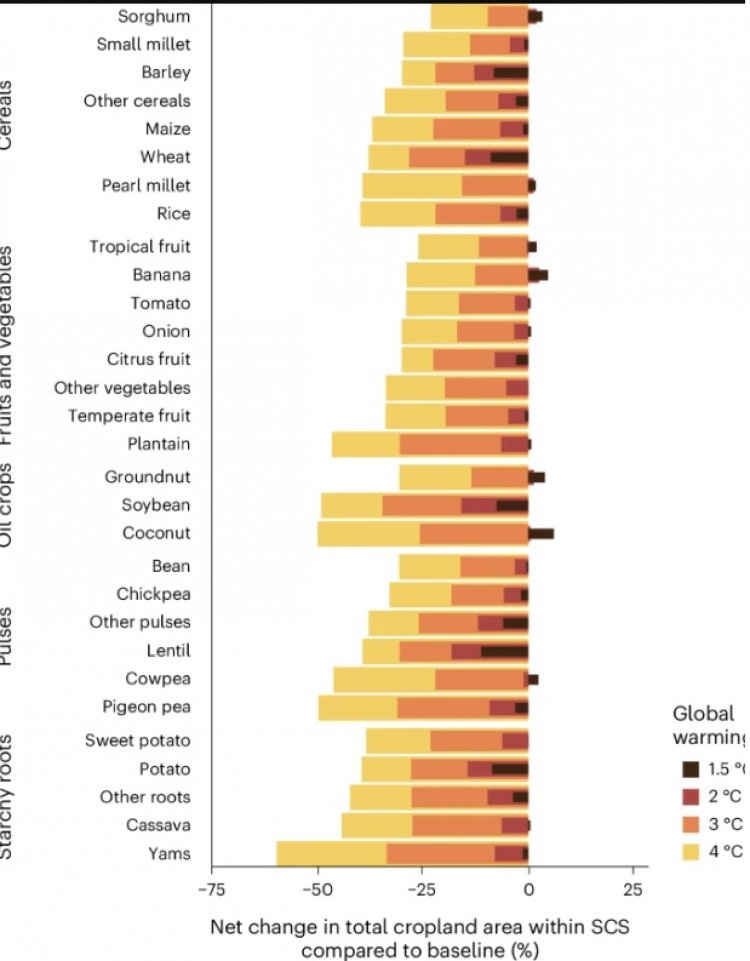
Dr. Rankine warns that focusing agricultural expansion in temperate climates could lead to “a disinterest in tropical crops,” ultimately endangering global food security. He highlights the risks posed by extreme weather events in temperate regions, stating, “If these areas become the hub for food production, global food shortages could result from climate-induced disruptions.”
The study underscores the need to limit global warming to 2°C to avoid severe disruptions to food production, particularly in tropical regions where many vulnerable nations are located. Lead author Sara Heikonen, a doctoral researcher at Finland’s Aalto University, stresses the importance of international collaboration in adapting agricultural practices to these shifting conditions. “Global food networks will be affected by agricultural declines in these regions,” she notes, “making support for adaptation efforts critical.”
With climate change threatening to reshape the global agricultural landscape, researchers emphasize the urgent need for mitigation strategies, diversified cropping systems, and strengthened adaptation efforts to ensure food security for future generations.



 Join the RuralVoice whatsapp group
Join the RuralVoice whatsapp group
